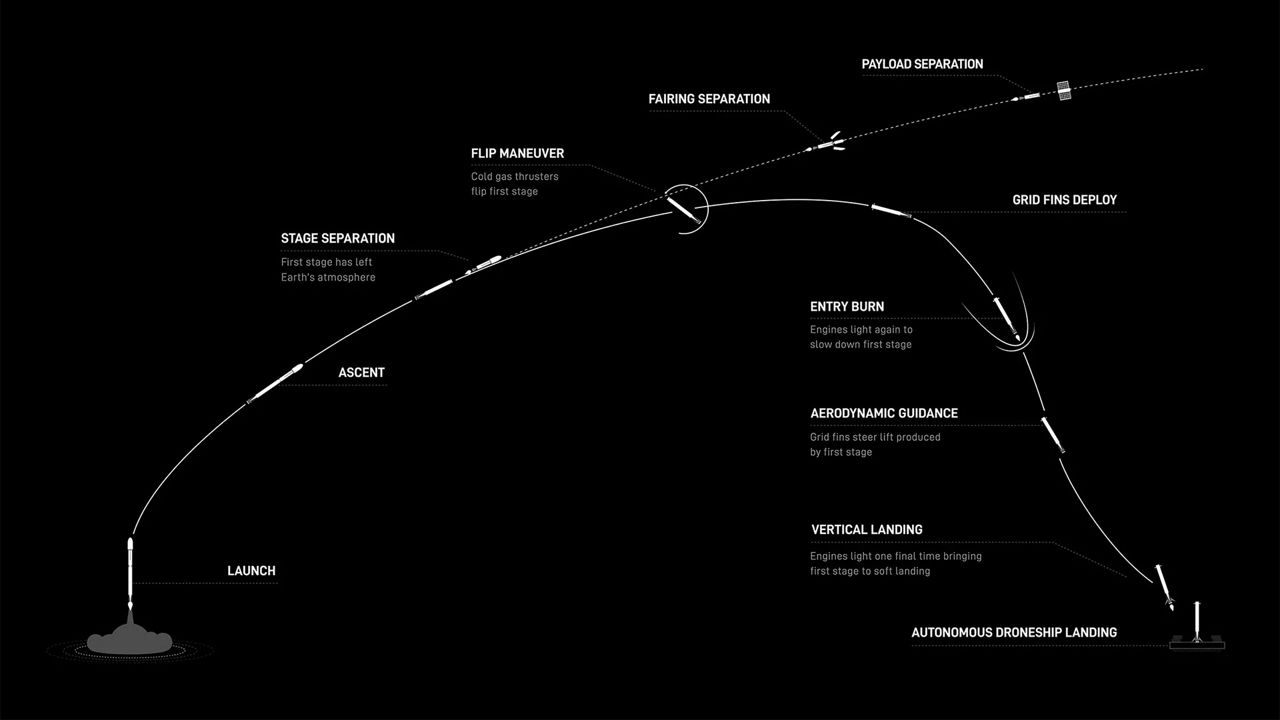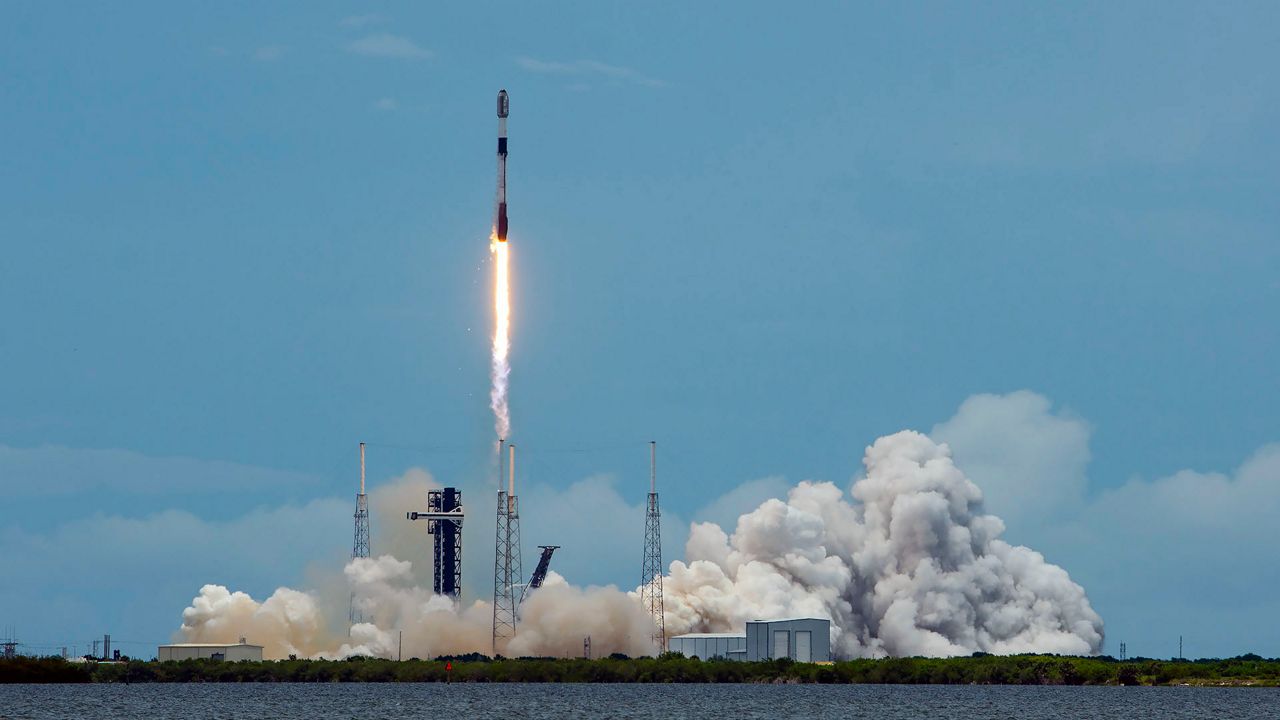CAPE CANAVERAL SPACE FORCE STATION — SpaceX successfully launched the Starlink 10-2 mission on its Falcon 9 rocket Sunday afternoon after it was scrubbed a second before the countdown clock last week.
What You Need To Know
- The mission launched from Space Launch Complex 40 at Cape Canaveral Space Force Station
- SpaceX used a different Falcon 9 first-stage booster rocket for this mission
SpaceX sent up 22 satellites from Space Launch Complex 40 at Cape Canaveral Space Force Station at 1:15 p.m. ET.
Launching above the clouds
The Falcon 9's first-stage booster B1078 has seen 10 missions, including one crewed one.
- Crew-6
- SES O3b mPOWER
- USSF-124 mission
- Starlink 6-4
- Starlink 6-8
- Starlink 6-16
- Starlink 6-31
- Starlink 6-46
- Starlink 6-53
- Starlink 6-60
After the stage separation, the first-stage rocket lanedd on the droneship A Shortfall of Gravitas that was in the Atlantic Ocean.

The scrubbed attempt
On Friday, June 14, SpaceX scrubbed its third launch attempt of the Starlink 10-2 mission, just one second before the countdown clock reached zero.
SpaceX never stated why the launch was aborted, but the Falcon 9 first-stage booster B1073 that was supposed to be used has been replaced with the B1078.
Last week, the first two attempts were scrubbed due to poor weather conditions.
SpaceX owns the Starlink company.
About the mission
The 22 satellites from the Starlink company will go to low-Earth orbit and join the thousands already there.
These satellites provide internet service to many parts of the globe.
Dr. Jonathan McDowell, of Harvard-Smithsonian Center for Astrophysics, has been documenting Starlink satellites.
Before this launch, McDowell recorded the following:
- 6,171 are in orbit
- 5,235 are in operational orbit




